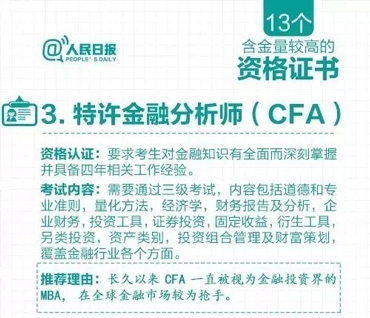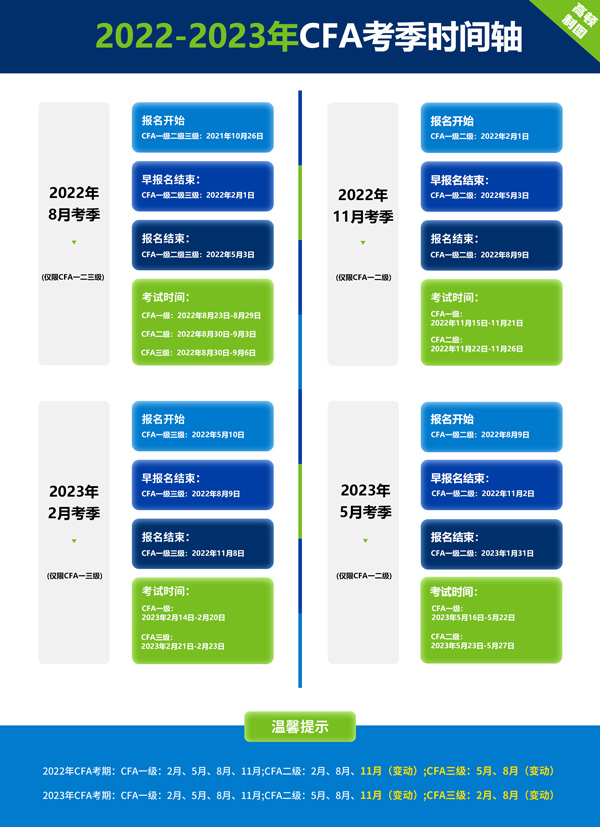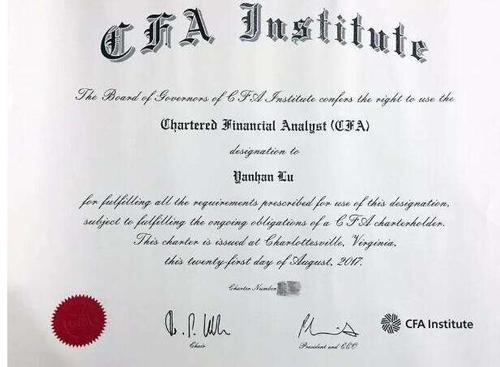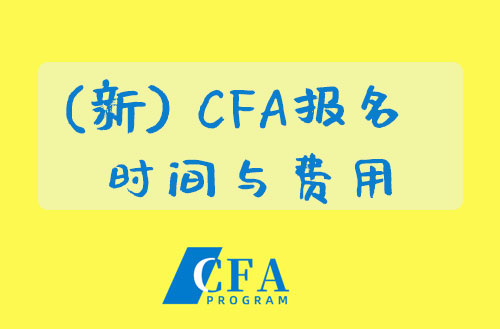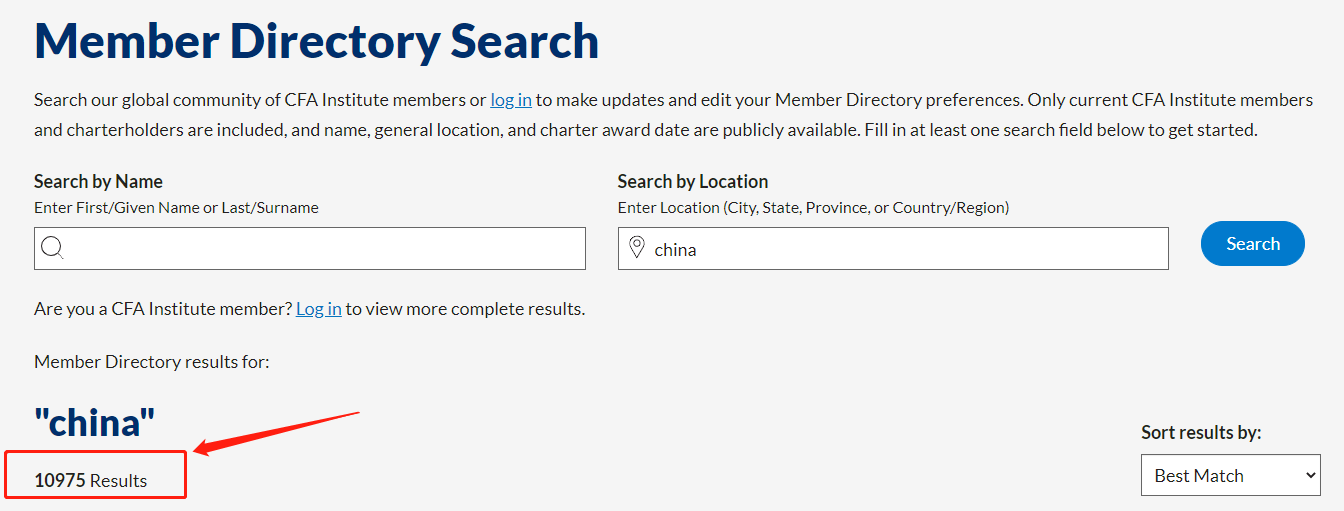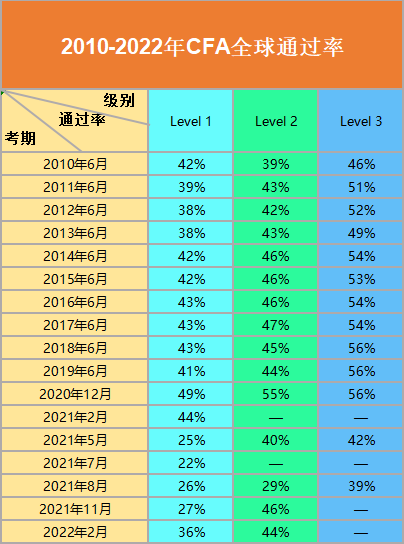2019年CFA三个级别的考纲,均已经新鲜出炉。相较2018年,每个级别有了不同程度的变更。
继去年CFA协会对三级考纲的资产配置和固定收益相关章节发生了重大变化后,今年又对权益进行了大规模的修订。此外,职业道德、资产配置、固定收益组合管理、交易这四门科目科目的考纲发生改变。
下列科目的考纲无任何变化:
ü行为金融(Behavior Finance, SS4)
ü私人财富管理(Private Wealth Management, SS5-6)
ü机构投资的组合管理(Portfolio Management for Institutional Investors, SS7)
ü经济分析的组合管理应用(Application of Economic Analysis to Portfolio Management, SS8)
ü另类投资的组合管理(Alternative Investments for Portfolio Management, SS15)
ü风险管理(Risk Management, SS16-17)
ü业绩评估(Performance Evaluation, SS19)
ü全球投资业绩标准(Global Investment Performance Standards, SS20)
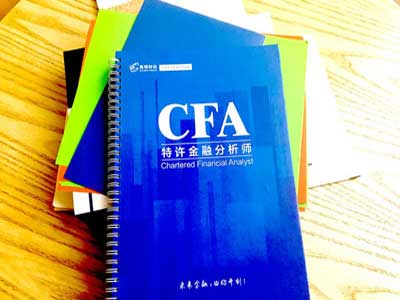
下列科目发生变化:
ü职业道德(Ethical and Professional Standards, SS1-3):新增Study session 3,包括2个章节;Study session 1和2中,无实质性变化,只有措辞些微改变。
ü资产配置(Asset Allocation and Related Decision in Portfolio Management, SS9-10):Study Session 9中的Reading 18(原Reading16)删除1条考纲;Study Session10删除一整章。
ü固定收益组合管理(Fixed-Income Portfolio Management, SS11-12):Study Session 11无变化;Study Session 12中的Reading 24(原Reading23)新增2条考纲。
ü权益组合管理(Equity Portfolio Management, SS13-14):整个部分完全重新编写,由原来的1个session变成2个session;修改后的Study session 13-14,包括4个章节。
ü交易(Trading, SS18):Session的名称改变,从“Trading, Monitoring and Rebalancing”修改为“Trading”;Study Session 18(原Session16) 中删除一整章。
关于2018-2019年CFA学习,建议可以早点下载2018-2019新版CFA电子资料进行了解学习(点我领取)
关于2018-2019年CFA学习,建议可以早点下载2018-2019新版CFA电子资料进行了解学习(点我领取)
各科目的具体变化如下:
职业道德(Study Session 1 - 3)
1.新增Study session 3,包括2个章节,分别为:
?Reading 5. Overview of the Asset Management Industry and Portfolio Management
a.describe the structure of the asset management industry;
b.discuss a portfolio management process that supports achieving asset owners’ objectives;
c.discuss the elements of effective investment governance.
?Reading 6. Professionalism in Investment Management
d.describe professions and how they establish trust;
e.explain professionalism in investment management;
f.describe expectations of and challenges for investment management professionals.
2.Study session 1和2中,无实质性变化,只有措辞些微改变。
将“the Code of Ethics and Standards of Professional Conduct”改为“the CFA Institute Code of Ethics and Standards of Professional Conduct”或“the Code and Standards”
资产配置(Study Session 9-10)
1.Study Session 9中的Reading 18(原Reading16)删除1条考纲。
?Reading 18. Introduction to Asset Allocation
a.describe elements of effective investment governance and investment governance considerations in asset allocation;
2.Study Session10删除一整章
原Reading 20. Market Indexes and Benchmarks整章删除。
固定收益组合管理(Study Session 11-12)
1.Study Session 11无变化
2.Study Session 12中的Reading 24(原Reading23)新增2条考纲。
Reading 24. Yield Curve Strategies
b. explain how to execute a carry trade;
g. discuss inter-market curve strategies;
权益组合管理(Study Session 13-14)
1.整个部分完全重新编写,由原来的1个session变成2个session。
2.修改后的Study session 13-14,包括4个章节,分别为:
Reading 26. Introduction to Equity Portfolio Management
a.describe the roles of equities in the overall portfolio;
b.describe how an equity manager’s investment universe can be segmented;
c.describe the types of income and costs associated with owning and managing an equity portfolio and their potential effects on portfolio performance;
d.describe the potential benefits of shareholder engagement and the role an equity manager might play in shareholder engagement;
e.describe rationales for equity investment across the passive–active spectrum.
Reading 27. Passive Equity Investing
a.discuss considerations in choosing a benchmark for a passively managed equity portfolio;
b.compare passive factor-based strategies to market-capitalization-weighted indexing;
c.compare different approaches to passive equity investing;
d.compare the full replication, stratified sampling, and optimization approaches for the construction of passively managed equity portfolios;
e.discuss potential causes of tracking error and methods to control tracking error for passively managed equity portfolios;
f.explain sources of return and risk to a passively managed equity portfolio.
Reading 28. Active Equity Investing: Strategies
a.compare fundamental and quantitative approaches to active management;
b.analyze bottom-up active strategies, including their rationale and associated processes;
c.analyze top-down active strategies, including their rationale and associated processes;
d.analyze factor-based active strategies, including their rationale and associated processes;
e.analyze activist strategies, including their rationale and associated processes;
f.describe active strategies based on statistical arbitrage and market microstructure;
g.describe how fundamental active investment strategies are created;
h.describe how quantitative active investment strategies are created;
i.discuss equity investment style classifications.
?Reading 29. Active Equity Investing: Portfolio Construction
a.describe elements of a manager’s investment philosophy that influence the portfolio construction process;
b.discuss approaches for constructing actively managed equity portfolios;
c.distinguish between Active Share and active risk and discuss how each measure relates to a manager’s investment strategy;
d.discuss the application of risk budgeting concepts in portfolio construction;
e.discuss risk measures that are incorporated in equity portfolio construction and describe how limits set on these measures affect portfolio construction;
f.discuss how assets under management, position size, market liquidity, and portfolio turnover affect equity portfolio construction decisions;
g.evaluate the efficiency of a portfolio structure given its investment mandate;
h.discuss the long-only, long extension, long/short, and equitized market-neutral approaches to equity portfolio construction, including their risks, costs, and effects on potential alphas.
交易(Study Session18)
1.Session的名称改变,从“Trading, Monitoring and Rebalancing”修改为“Trading”
2.Study Session 18(原Session16) 中删除一整章
原Reading 32. Monitoring and Rebalancing整章删除。
(以上内容由高顿CFA提供,版权归高顿CFA所有,仅供交流学习)
相关CFA内容推荐阅读:




 CFA考试动态
CFA考试动态
 发布时间:2018-08-08
发布时间:2018-08-08


 复制本文链接
复制本文链接 模拟题库
模拟题库
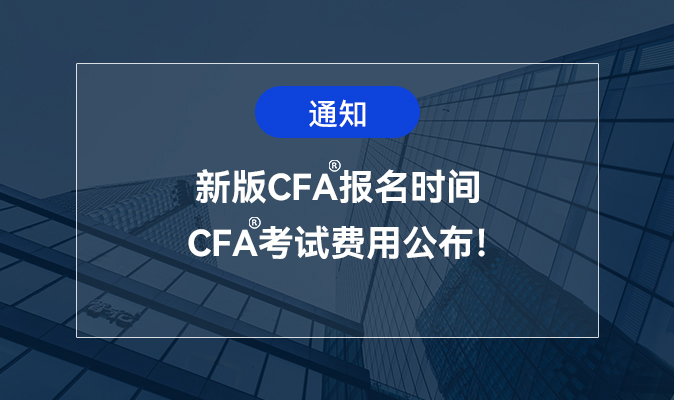
 26568
26568